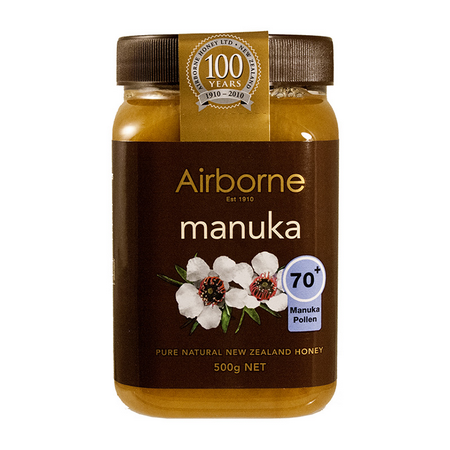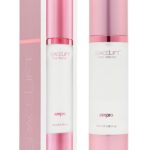Product Information
Airborne Honey Ltd commenced commercial operations in 1910 on Banks Peninsula, lying in the East coast of the South Island, New Zealand. Today, Airborne Honey Ltd. has expanded to become the largest honey producer, packer and exporter in New Zealand.
Manuka is found throughout New Zealand and often forms extensive areas of bush. The leaves are dotted with oil glands, and when bruised give off a gingery peppery smell. The flowers vary from brilliant white through to rose-pink.
The Maori people used Manuka as a medicinal plant, from treating fevers and colds to sedatives. Apart from the medicinal properties contained by all honeys, Manuka honey contains a number of natural compounds with strong antibacterial properties.
One area that is of particular interest regarding manuka honey is its antibacterial activity. Often this is just shortened to “Active” or “Active Manuka”. This antibacterial activity is derived from Hydrogen Peroxide (H2O2) and is referred to as Peroxide Activity or PA. This is created from the activity of the enzyme Glucose Oxidase found in honey.
Manuka is has a higher than normal conductivity (about 4 times that of normal flower honeys). Conductivity is an indirect measurement of the mineral content of a honey. Most flower honeys have low mineral content and a low conductivity.
Manuka Honey is thixotropic (thick “jellified†texture due to protein content), dark in colour and has a strong distinctive flavour. Minimum frequency of 70% manuka pollen is necessary to classify a unifloral Manuka honey.
Possess potent antibacterial and antiviral effects. Effective for stomach ulcer, peptic ulcers, wounds, burns, sore throat, diarrhea and etc.

















We are checking your review. This could take a few seconds, please wait...